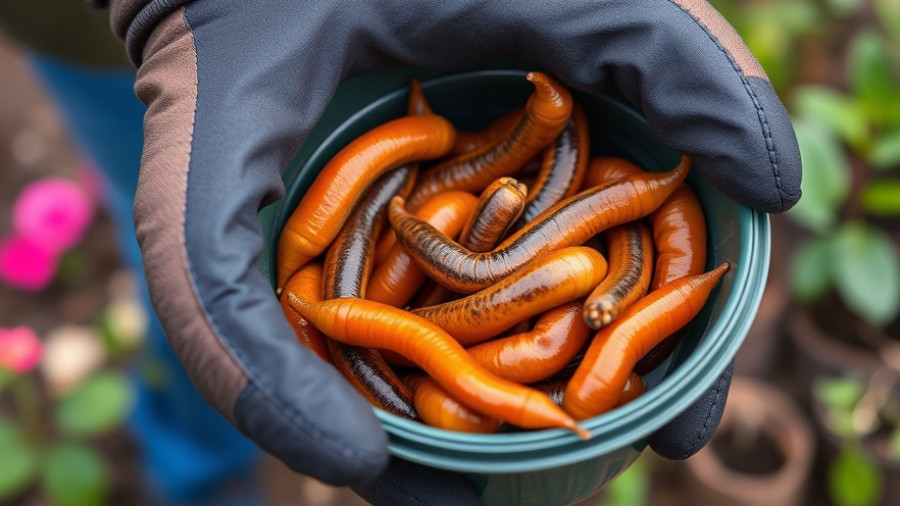
Why Turnips Deserve a Place in Your Garden
Turnips are often overlooked in the world of vegetables, but these humble roots boast a rich history and a host of benefits. Once a staple food for the peasants of Europe and the American South, turnips have been relegated to the sidelines, leaving many consumers unaware of their culinary potential. While they may not be present on fast-food menus or fancy restaurants, the benefits of incorporating turnips into your diet are significant.
Turnips: Nutritional Powerhouses
One reason to give turnips a second look is their impressive nutritional profile. These root vegetables are low in calories but packed with vitamins and minerals. They're high in Vitamin C, potassium, and fiber, which makes them a smart choice for those looking to maintain a healthy weight while boosting their nutrient intake.
Additionally, both the roots and leaves are edible, meaning you get two vegetables for the price of one seed! The greens can be cooked similarly to kale or spinach, adding a delicious and nutritious touch to various dishes.
Revisiting Historical Context
The historical significance of turnips can't be overlooked. Domesticated thousands of years ago, they have played an essential role in various cultures, providing sustenance in tough times. In ancient Greece and Rome, turnips were cultivated not only for human consumption but also as fodder for animals, proving their versatility.
Culturally, turnips can be associated with lower socio-economic status, but this prejudice should not dictate their worth today. Recognizing that turnips have nourished millions throughout history can empower home gardeners to include them in their plots.
Countering Common Misconceptions
Despite their long-standing presence in agriculture, common misconceptions continue to paint turnips as an “uncool” vegetable. This stance leads many people to shy away from trying or growing them. Shift the narrative about turnips—from peasant food to a trendy and sustainable choice! With increasing interest in farm-to-table and local eating, revamping the perception of turnips as a modern culinary element could help reinvigorate their presence in home kitchens.
Practical Tips for Growing Turnips
For those convinced to give turnips a shot, they offer a simple and rewarding gardening experience. They thrive in cooler weather and can be sown in early spring or late summer, ensuring a bountiful yield in the fall and early winter months.
Plant turnips in well-drained, nutrient-rich soil, and ensure they receive plenty of sunlight. Water them regularly but avoid over-saturation, as this can lead to rot. Whether you need leafy greens, nutritious roots, or both, turnips are worth the little extra care they need.
Turnips in Modern Cuisine
Exploring turnips in contemporary recipes can open up a world of possibilities for home cooks. From roasted turnip side dishes to pureed soups, the versatility of this vegetable allows them to shine in various cuisines. Try pickling them for sandwiches or incorporating them into stir-fries for an unexpected twist!
In conclusion, it’s time to stop ignoring turnips. They are more than just a relic of the past; they are nutrient-dense, versatile, and easy to grow. By bringing turnips into gardens and kitchens, you can join the movement towards a more sustainable and varied diet.
 Add Row
Add Row  Add
Add 




Write A Comment